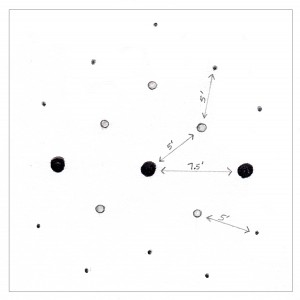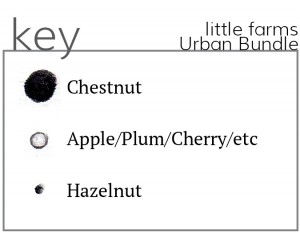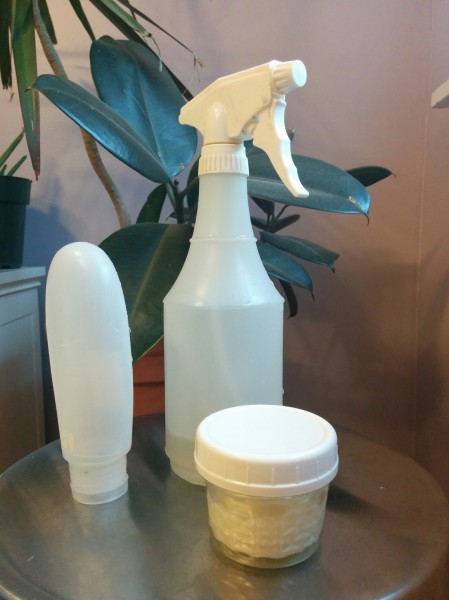 One area of homesteading I rarely write about is personal care. It's a bit of a taboo subject and I'm a little shy about body talk. But what you put on your body has such a huge impact on personal and environmental health, not to mention a homestead budget, that it's time to address the ring around the tub, so to speak.
One area of homesteading I rarely write about is personal care. It's a bit of a taboo subject and I'm a little shy about body talk. But what you put on your body has such a huge impact on personal and environmental health, not to mention a homestead budget, that it's time to address the ring around the tub, so to speak.
Once, we were traditional Americans who showered once a day with body wash, shampoo, and conditioner, and followed up bathing with lotions, deodorants, and the like. We needed the conditioner to soothe the dry hair, lotion to cure dry skin, and lots of time to clean the bathroom. Now our routines are much more minimal, our skin is happier, and we spend a lot less time dirtying and cleaning the shower.
I didn't realize until taking pictures for this and upcoming posts that removing manufactured bath products has another advantage: there's no marketing. My daughter isn't reading the back of a shampoo that promises 'perfect' locks or 'happiness' or any other values that realistically don't come from a bottle. I inadvertently removed messaging that is often anything but supportive.
Simple Bathing Routines
- Shower every other day....ish... A few days ago I asked Alex "When did I last take a shower? Was it Tuesday or Monday?" It's a good sign if I have to ask that the answer is go bathe. But in all seriousness, unless it's the height of summer and we're muddy up to our knees, there's not much reason to shower daily. Showering less frequently saves water, lowers our gas water heater bill, and prevents over-dry skin.
- Ditch the bathing soap Soap for hand washing before meals and after chicken chores? Yes. Soap from head to toe every shower? Nope. I only lather up when there's visible dirt on my Chaco-clad feet in the summer or if I'm feeling particularly sweaty. Otherwise, I let the warm water wash away debris and let my microbiota keep me clean.
- Go No-poo I'll detail this in another post soon but basically, we don't use shampoo anymore. Lil and I use a baking soda solution and vinegar rinse instead which have resulted in less hair loss, better hair body, and no more expensive bottles. Alex soaps his scalp because he has no hair.
- Make your own I now make our soap from animal fats and craft my own deodorant. Both are fairly easily made from ingredients I usually have on hand and I can customize them to our family's preference for low to no scent. Again, I'll share recipes soon.
- Use edible oil moisturizers Take a look at the ingredients in your favorite lotion. Likely it contains alcohol (which helps the moisturizer feel less greasy but dries at the same time) and/or petroleum. Thanks to not showering and using so much soap, I don't need as much moisturization as I used to, but when I do want lotion, I use straight food-quality oils. I like sesame seed and almond oil for all-over body lotion (not make your own - I'm working through a bottle of Weleda Baby Lotion I bought over a year ago) and coconut oil for problem spots like hands in winter. I like the simplicity and toxin-free nature of single ingredient lotions.
I can picture some people reading this and wrinkling their nose. Skipping shampoo and showers sounds like we must smell and look quite dirty. But I don't think that's the case, or at least no one has said anything to that effect in person.
There might be some scientific basis to the idea that our bodies regulate germs and sweat better without the 'help' of soaps. Much like we're understanding more every day about the importance of gut bacteria, researchers are also beginning to study the microbiome of human skin. They're finding that the bacteria on our skin surface may be critical to preventing infections and healing wounds.
I wouldn't recommend transitioning from standard bath and body products to minimal all at once. We worked in changes over the past few years, allowing our bodies to adjust slowly. Over the next few posts, I'll detail our DIY recipes and tips for use. In the meantime, anyone want to confess: what's your bathing routine?


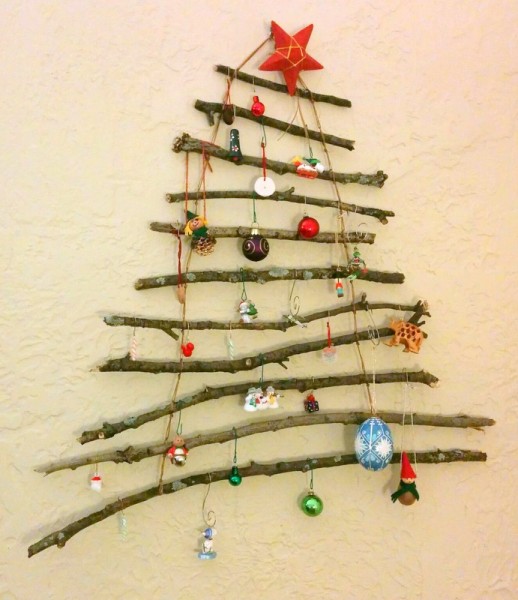




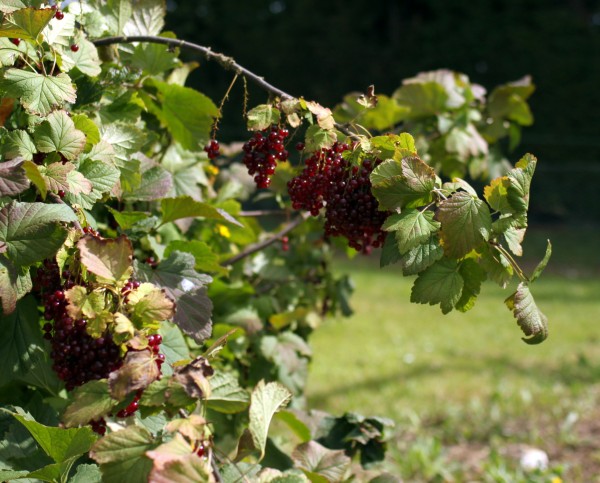
 , I began to see
, I began to see 